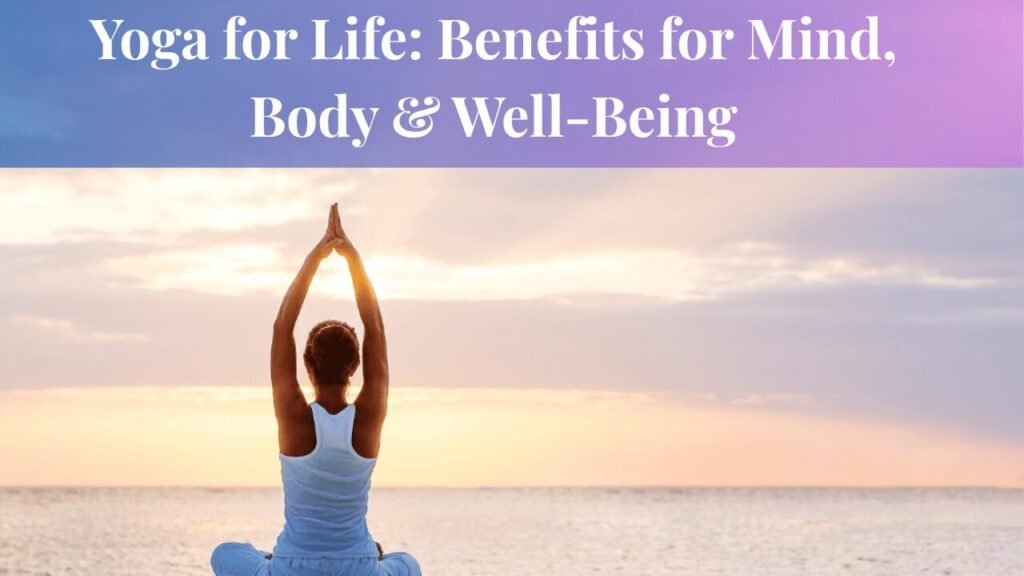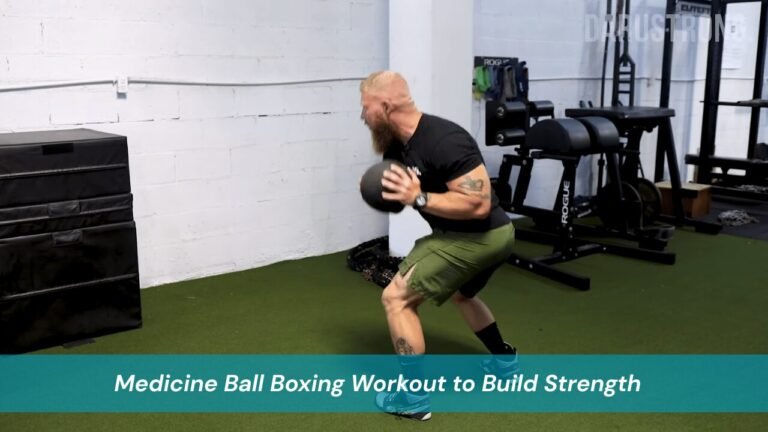In an increasingly fast-paced and stressful world, many people are turning to yoga to find balance, reduce stress, and improve their health. Yoga is not just a physical workout; it is a comprehensive mind-body practice that strengthens the body, calms the mind, and uplifts the spirit. Rooted in ancient Indian philosophy, yoga is now embraced globally, with millions of practitioners ranging from elite athletes to corporate professionals and stay-at-home parents.
This guide explores the real, science-backed benefits of yoga, the different types of yoga, practical tips for starting your own practice, and how you can make yoga part of your daily routine. By the end, you’ll understand why yoga is far more than stretching; it’s a lifestyle transformation.
What is Yoga?
Yoga is an ancient discipline that originated in India over 5,000 years ago. The word “yoga” comes from the Sanskrit root “yuj,” meaning “to unite.” At its core, yoga is about uniting the body, mind, and spirit through physical postures (asanas), breathing techniques (pranayama), meditation (dhyana), and ethical principles.
It is both a philosophy and a physical science, emphasizing alignment, awareness, breath control, and inner stillness. While many begin yoga for fitness, they often continue for the deeper sense of connection and calm it brings.
The Physical Benefits of Yoga
Regular yoga practice offers numerous physical health benefits. It enhances flexibility, builds strength, and increases stamina. Research from the Harvard Medical School also shows that yoga can reduce inflammation and support the immune system. Over time, practitioners notice better posture, improved body awareness, and greater ease in movement.
The stretching and lengthening of muscles in yoga release tightness caused by poor posture, inactivity, or stress. Functional strength develops as poses engage multiple muscle groups at once. Breath control improves lung capacity and supports cardiovascular health, while mindful movement helps with chronic pain management for conditions such as arthritis, back pain, and fibromyalgia.
The Mental and Emotional Benefits of Yoga
Yoga’s influence extends well beyond the body into mental and emotional well-being. Studies by the National Center for Complementary and Integrative Health (NCCIH) reveal that yoga can positively affect the nervous system and brain function. It reduces cortisol levels, encourages relaxation, and supports a healthy emotional state.
Practitioners often experience improved mood, mental clarity, and emotional regulation. The mindfulness taught in yoga fosters the ability to stay present and respond calmly to situations. Over time, this can lead to better sleep, reduced anxiety, and a natural approach to managing depression.
Common Styles of Yoga Choose What Fits You
Different yoga styles cater to different needs. Hatha yoga moves at a slower pace with a focus on basic poses and breathing, making it ideal for beginners. Vinyasa yoga offers a dynamic flow coordinated with breath, adding a cardio element to practice.
Ashtanga yoga provides a rigorous, structured sequence for those seeking intensity, while Iyengar yoga emphasizes precision and alignment with the help of props. Yin yoga targets deep connective tissues with long-held poses, and restorative yoga uses supportive props for gentle healing and stress relief.
How to Start Your Yoga Journey
Beginning yoga does not require expensive equipment or a studio membership. The first step is to set an intention whether it is improving flexibility, managing stress, practicing mindfulness, or enhancing fitness. This intention will guide your journey.
Creating a quiet, clutter-free space at home allows for focus and consistency. Starting with beginner-friendly resources, short sessions, and linking breath with movement can make the process approachable. Over time, you can gradually increase your practice duration and explore different styles.
Yoga for Specific Needs
Yoga can be adapted for different lifestyles and health requirements. Athletes benefit from improved recovery time, injury prevention, and enhanced coordination. Seniors find that gentle movements boost balance, joint health, and mobility, with chair yoga offering extra support.
For office workers, yoga counteracts long hours of sitting with spinal twists, hip openers, and shoulder stretches. Children enjoy playful yoga sequences that improve mindfulness, coordination, and body awareness, setting the foundation for lifelong wellness habits.
The Science Behind Yoga
Medical and academic research continues to uncover the measurable benefits of yoga. Consistent practice can improve heart rate variability, immune function, and brainwave activity. A 2020 study published in Frontiers in Psychology found that yoga improved mood, reduced stress, and boosted academic performance in college students.
These benefits are linked to yoga’s ability to activate the parasympathetic nervous system the body’s “rest and digest” mode. By balancing the nervous system, yoga enhances both physical and mental resilience.
Real-Life Experiences Stories of Transformation
Maria, a corporate executive, used yoga to recover from burnout. Within three months, she experienced better sleep, improved concentration, and reduced anxiety. John, a former athlete, managed chronic back pain with a consistent yoga routine, regaining mobility without pain medication.
Meera, a teenager struggling with body image, discovered self-confidence through yoga. She learned to appreciate her body’s strength and release the pressure of perfectionism, finding empowerment in her practice.
FAQs
Is yoga suitable for beginners with no experience?
Yes, yoga is highly adaptable. Beginners can start with basic poses and progress at their own pace.
How often should I practice yoga?
Even 15–30 minutes a day, 3–5 times a week, can bring noticeable benefits.
Can yoga help with weight management?
Certain forms of yoga like Vinyasa or Power Yoga can aid in weight loss by burning calories and building lean muscle.
Is it okay to do yoga at home without an instructor?
Yes, but ensure you follow trusted video tutorials or online classes from certified instructors to avoid injury.
Do I need special equipment to start yoga?
All you need is a good-quality mat and comfortable clothes. Props like blocks and straps are helpful but optional.
Conclusion
Yoga is a powerful tool that offers far-reaching benefits physically, mentally, and emotionally. It doesn’t matter if you’re young or old, fit or struggling, flexible or stiff yoga meets you where you are and grows with you. By incorporating yoga into your life, you are not just exercising; you are healing, evolving, and expanding your potential.
Whether you’re seeking peace of mind, physical vitality, or a deeper connection to your inner self, yoga offers a holistic path to transformation. It’s not about touching your toes it’s about what you learn on the way down.
Start your yoga journey today. Visit our beginner’s guide on Boxing Essential to explore step-by-step routines, expert tips, and community support. Your well-being deserves this gift.




